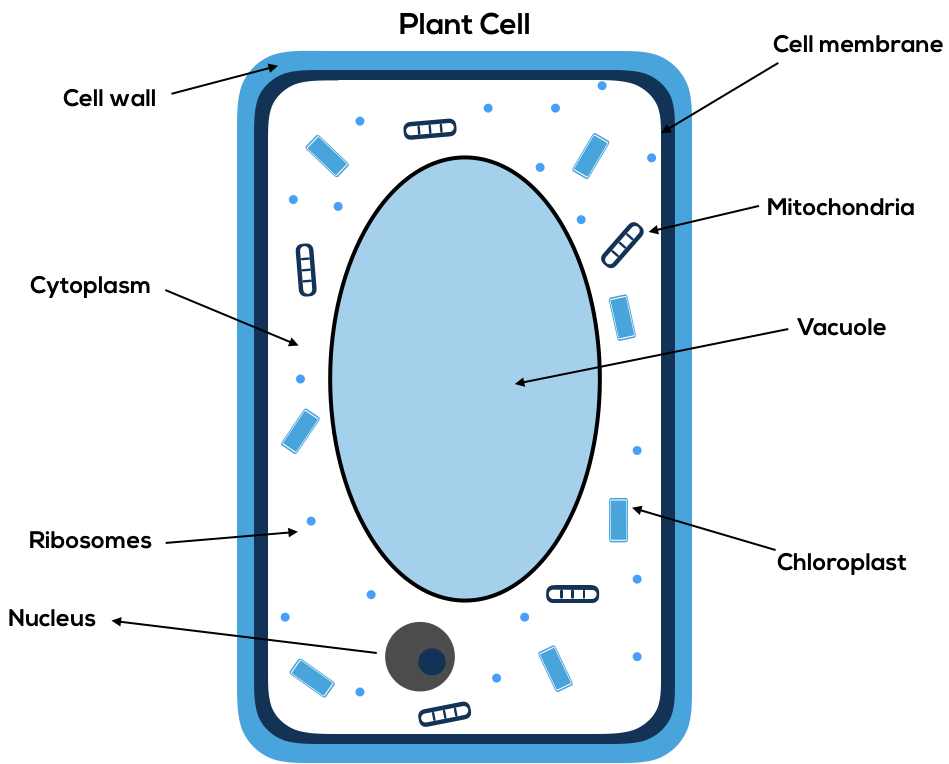What makes something alive?
In order for something to be alive, it must meet the criteria for the characteristics of living things. These characteristics are;
M - movement (relocate from one place to another)
R - respiration (break down glucose to produce energy)
S - sensitivity (respond to changes in the environment)
H - homeostasis (maintain a constant internal environment)
G - growth (achieve a permanent change is size)
R - reproduction (produce offspring)
E - excretion (get rid of waste products produced by chemical reactions in cell)
N - nutrition (obtain nutrients by feeding or making food)
Are viruses alive?
Firstly, what is a virus. Viruse s are microscopic parasites, generally much smaller than bacteria. They lack the capacity to thrive and reproduce outside of a host body. Many people debate about whether they are alive because they most reproduce without the help of a host body
Cells
Cells are the building blocks of life, they are smallest units of life. Many organisms are made up of one cells these are called unicellular organisms such as plankton or bacteria. Larger organisms like humans are multicellular meaning they are made up of lots of cells. Cells are made up of organelles that carry out specific functions to power the cell.

There are over 250 different types of cells in your body, each of which have specific functions. There are discrete structures found in cells called organelles. Each organelle carries out a specific function which helps a cell in carrying out its role.
Organelles
|
Organelle
|
Function
|
Found in (plants, animals or both)
|
|
Mitochondria
|
Site of cellular respiration
|
Both
|
|
Nucleus
|
Contains DNA and controls the cell
|
Both
|
|
Cytoplasm
|
Site of metabolism (all chemical reactions in cells)
|
Both
|
|
Cell membrane
|
Controls what enters and exits a cell
|
Both
|
|
Ribosomes
|
Protein builders
|
Both
|
|
Cell wall
|
Provides rigid shape
|
Plants
|
|
Chloroplast
|
Site of photosynthesis
|
Plants
|
|
Vacuole
|
Stores nutrients (water, sugar salt)
|
Plants
|
Types of cell:
Prokaryotic - A cell that does not contain a nucleus (examples: plants, animals, fungi)
Eukaryotic - A cell that contains a nucleus (examples: bacteria)
Plant Cell Diagram:
Organism classification:
Organisms are classified into 5 different kingdoms, then into separate phylum, class, order, family, genus, species. There is also a hierarchy of life.
5 Kingdoms:
|
Kingdom
|
Characteristics
|
|
Protista
|
- Unicellular
- Nuclear
- No cell wall
- Unique
- Examples: some algae, amoeba, diatom
|
|
Fungi
|
- Multicellular
- Has organelles
- Chitin cell wall
- No movement
- Eats by absorption
- Reproduces using spores
- Examples: yeast, mushrooms, moulds
|
|
Plantae
|
- Multicellular
- Cellulose cell wall
- Produce food via photosynthesis
- Nuclear
- No movement
- Examples: mosses, ferns, trees
|
|
Animalia
|
- Multicellular
- Nuclear
- Movement
- No cell wall
- Gains nutrients by eating other organisms
- Examples: worms, fish, frogs, lions, deer, insects, humans
|
|
Monera
|
- Unicellular
- Cell wall
- Non-nuclear
- Doesn’t have all common organelles
- Feeds by absorption or photosynthesis
- Examples: bacteria, E. coli, blue-green algae
|
The order of classification can be remembered using this simple acronym:
King - kingdom
Philip - phylum
Came - class
Over - order
For - family
Great - genus
Sex - species
Hierarchy of life:
|
Order of hierarchy
|
Description
|
Example
|
|
Atom
|
Smallest unit of matter
|
Helium
|
|
Molecule
|
Two or more atoms with a chemical bond
|
Water (H2O)
|
|
Organelle
|
Discrete structures inside cells which carry out specific functions
|
Cell membrane
|
|
Cell
|
Basic unit of life and are the building blocks of life
|
Plant cell
|
|
Tissue
|
A group of similar cells working together to perform a specific function
|
Muscle
|
|
Organ
|
A group of similar tissues working together to perform a specific function
|
Lungs
|
|
Organ system
|
A group of organs working together to perform a specific function
|
Respiratory system
|
|
Organism
|
A biotic being made of one or more cells (must have all characteristics of life)
|
Dog
|
Editors- 2222ben - 594 words.
- joeClinton - 2 words.
View count: 9513